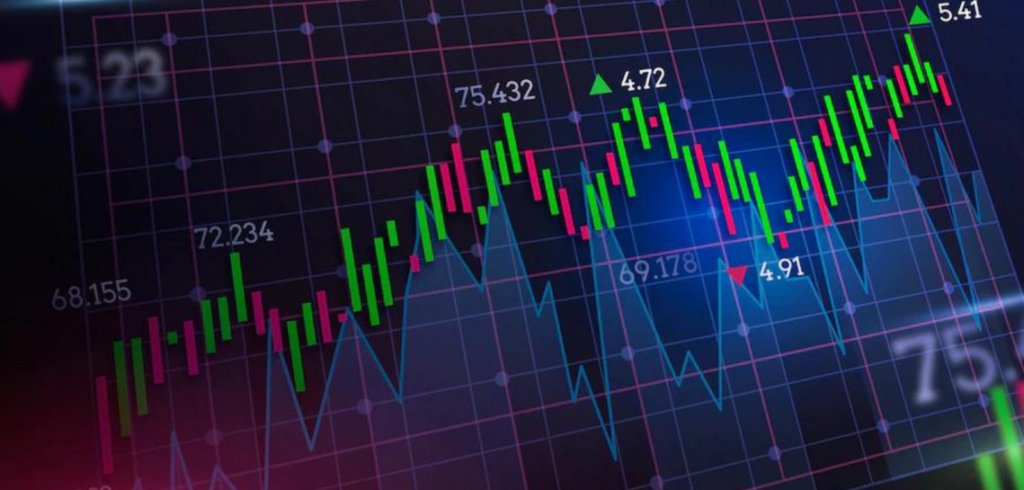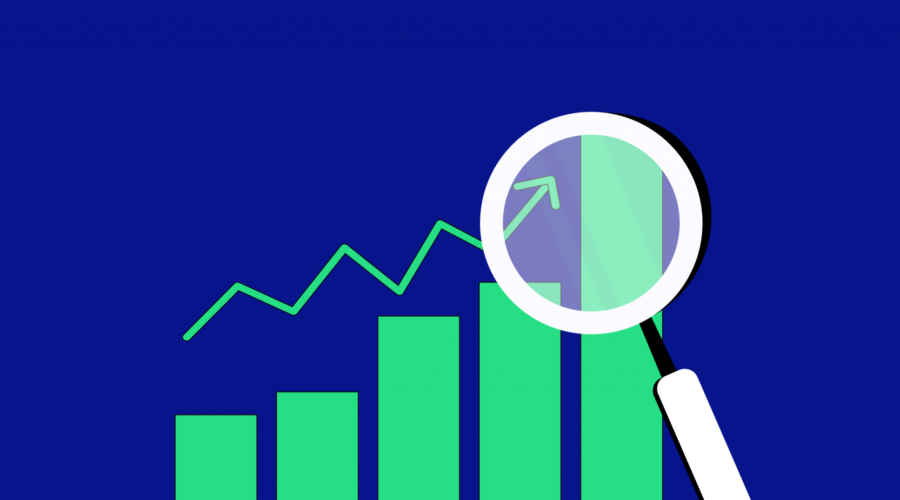Cryptocurrencies have taken the financial world by storm, offering unique investment opportunities. To navigate this dynamic market successfully, understanding how to read crypto charts is paramount. This guide will walk you through the essential elements of how to read crypto charts, providing you with the knowledge you need to thrive in the crypto-sphere.
Table of Contents
- Deciphering the Basics
- Advanced Chart Patterns
- Analyzing Volume
- The Role of Support and Resistance
- Implementing Risk Management
- Frequently Asked Questions (FAQs)
- What are crypto charts?
- How can I interpret candlestick patterns?
- What is the significance of volume in crypto chart analysis?
- Why is support and resistance important in chart analysis?
- How do stop-loss and take-profit orders work in risk management?
- Where can I find reliable cryptocurrency information?
- Conclusion
Deciphering the Basics
Candlestick Charts: The Building Blocks
Candlestick charts are the foundation of crypto chart analysis. These visual representations display the price movement of a cryptocurrency over a specific period. Each candlestick reveals crucial information, including the opening and closing prices, as well as the highest and lowest prices during the given timeframe.
Candlestick charts come in various colors, with green indicating a price increase and red signaling a price decrease. By interpreting these colors and patterns, you can anticipate market trends.
Timeframes Matter
Understanding timeframes is key. Crypto charts offer different time intervals, such as hourly, daily, or weekly. Shorter timeframes provide a closer look at price fluctuations, while longer ones offer a broader perspective. Analyzing multiple timeframes can help you spot trends and make strategic decisions.
Moving Averages: A Trend Indicator
Moving averages smooth out price data, making it easier to identify trends. The simple moving average (SMA) and exponential moving average (EMA) are commonly used. The SMA is straightforward, while the EMA places more weight on recent prices. Combining these indicators can provide valuable insights into market movements.
Advanced Chart Patterns
Head and Shoulders
The head and shoulders pattern is a reliable indicator of trend reversal. It consists of three peaks: a higher peak (head) between two lower peaks (shoulders). Spotting this pattern can help you make timely decisions, avoiding potential losses.
Bullish and Bearish Flags
Flags are short-term consolidation patterns that signal a continuation of the current trend. A bullish flag appears in an uptrend, while a bearish flag occurs during a downtrend. Recognizing these flags can guide your trading strategies.
Analyzing Volume
Volume is a crucial factor when reading crypto charts. It indicates the number of trades executed during a specific period. High volume often accompanies significant price movements, while low volume can signify market indecision. Analyzing volume in conjunction with price patterns can enhance your chart analysis skills.
The Role of Support and Resistance
Support: A Safety Net
Support levels are price points at which an asset tends to find buying interest, preventing it from falling further. Understanding support levels helps you identify potential entry points and manage risk.
Resistance: A Barrier to Growth
Resistance levels are price points where selling interest tends to increase, preventing further price growth. Recognizing resistance levels can guide your selling decisions, locking in profits.
Implementing Risk Management
Stop-Loss Orders
A stop-loss order is a predefined price level at which you decide to sell an asset to limit potential losses. Setting stop-loss orders is a crucial aspect of risk management, ensuring you don’t expose your entire investment to market fluctuations.
Take-Profit Orders
Take-profit orders allow you to secure profits by selling an asset once it reaches a specific price. It’s essential to strike a balance between setting realistic take-profit levels and letting your profits run.

Frequently Asked Questions (FAQs)
What are crypto charts?
Crypto charts are visual representations of a cryptocurrency’s price movements over time. They provide valuable insights into market trends and help traders make informed decisions.
How can I interpret candlestick patterns?
Candlestick patterns indicate price movement and trend reversal. Green candles signify price increases, while red candles indicate price decreases. Patterns like head and shoulders offer insights into market direction.
What is the significance of volume in crypto chart analysis?
Volume reflects the number of trades in a specific time frame. High volume often accompanies significant price movements, while low volume can indicate market indecision.
Why is support and resistance important in chart analysis?
Support and resistance levels help traders identify potential entry and exit points. Support prevents prices from falling further, while resistance limits price growth.
How do stop-loss and take-profit orders work in risk management?
Stop-loss orders limit potential losses by selling an asset at a predefined price, while take-profit orders secure profits by selling at a specific target price.
Where can I find reliable cryptocurrency information?
Trusted cryptocurrency websites, forums, and news sources can provide valuable insights. Hellocrypto, for instance, offers in-depth articles and expert advice.
Conclusion
Reading crypto charts is a skill that can open doors to profitable cryptocurrency trading. By mastering the basics of candlestick patterns, understanding timeframes, and recognizing support and resistance levels, you’ll be well on your way to making informed investment decisions. Remember, it’s essential to practice and stay informed about the ever-changing world of cryptocurrencies.
Unlock the world of crypto chart analysis, and let Hellocrypto be your trusted guide to cryptocurrency success.

